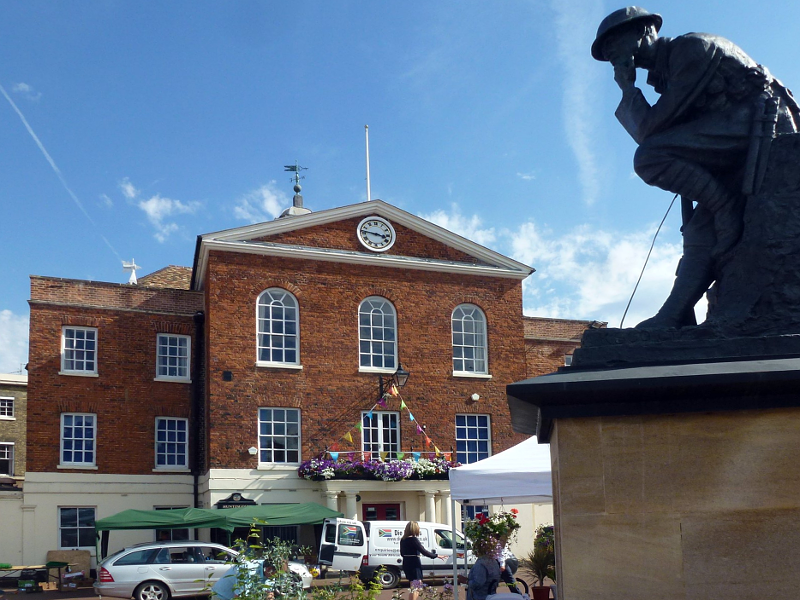 |
| A strawberry crown |
If you examine a strawberry plant carefully you'll notice leaves and roots, flowers and fruit, and the runners with young plants on them. But notice something else.
Unlike many plants the strawberry has no stems and no branches. From the deepest root to the tallest leaves and the longest runners, every part is joined together in the centre.
Does this sound familiar? It should do!
The centre of church life - What is at the centre of the church? Jesus is! The heart of a strawberry plant is called a 'crown'. The leaves, the roots and the rest all spring direct from the crown. The strawberry crown rests at ground level and planting strawberries too high or too low will cause them to grow poorly or even die.
Jesus needs to be at 'ground level' in the life of the church, and everything about the church springs from him [Tweet it!]. We all inherit his nature; we all need to stay in touch with him. And being in touch with him implies that all of us will be in touch with one another also because we will all be where he is. The different parts of a strawberry plant stick out in different directions, but they are all joined to the centre. And that's exactly how we are in Christ.
And that's why, in the context of church, we must always focus on Jesus and recognise that his proper place is at the centre of everything we are and do.
Questions:
- Is Jesus at the centre of all you think, say and do?
- If not, who is?
- Having everything joined to the centre keeps a strawberry plant small. Does this affect your view of church?
See also:
- How to grow strawberries - One hundred dollars per month
- It's all about Jesus - Verge network
- Strawberry - Wikipedia






